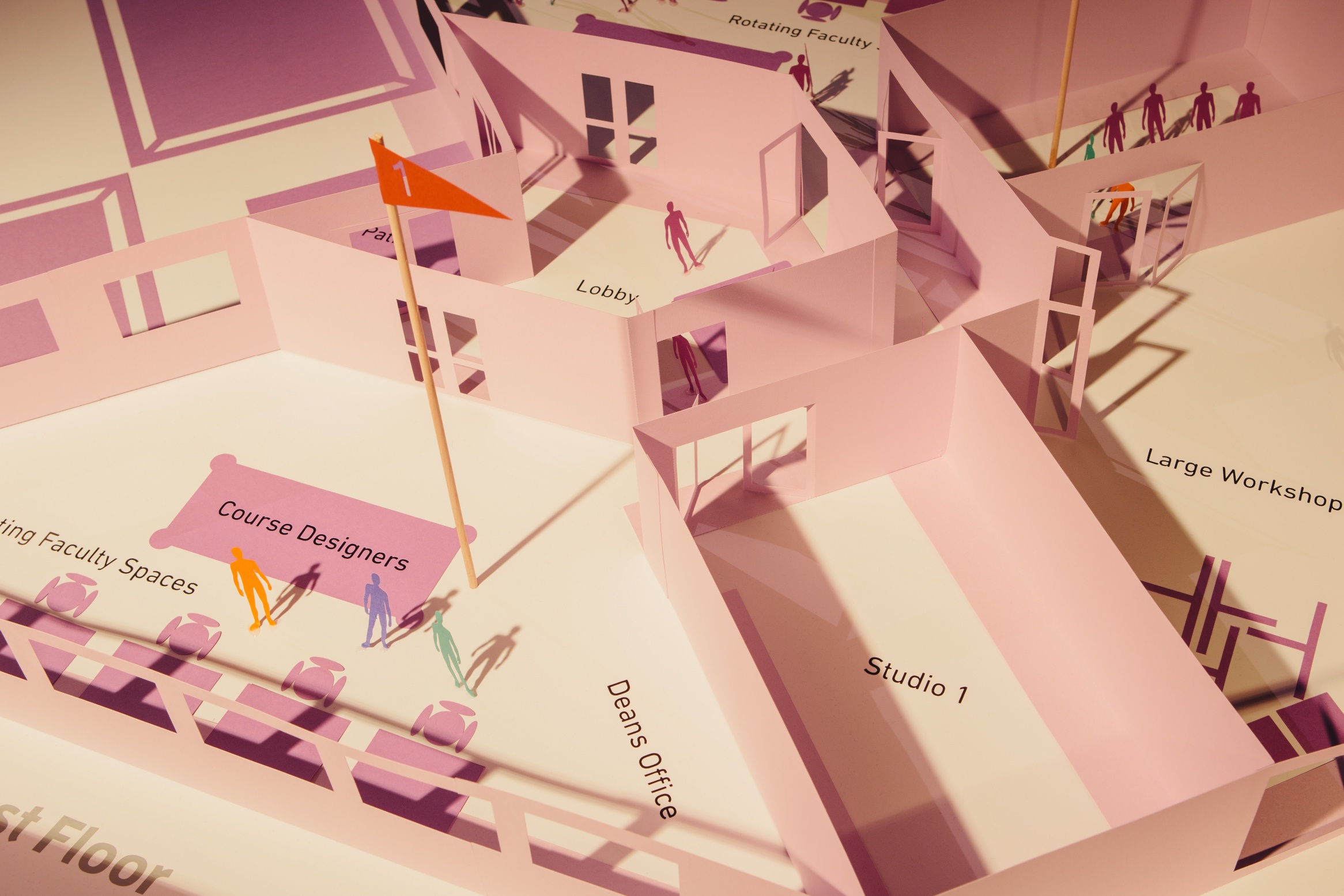ARTICLE 62
At the Farm and Around the World
Evolution of the Stanford campus map and flyover of Impact Lab sites
Stanford’s footprint at home and abroad has shifted continuously throughout history.
Part one of this projection shows the evolution of the campus map from 1902 through select intervals until the advent of undergraduate teaching hubs in 2024. A hallmark of the Axis Flip era, these hubs had a Dean at the center of each. Faculty were co-located at hubs for periods of time to develop and teach new courses.
Part two is a flyover of a handful of global Impact Labs. Students often spent up to a year in an Impact Lab as a way to apply their field of study to challenges they cared about. Sometimes thought of as an academic analogue to the Olympics, Impact Labs attracted the top faculty from Stanford and around the world for in-context research and application.
Watch Video of Carissa Carter explain Impact Labs
Watch History of Campus Maps and Impact Labs
ARTICLE 76
Anatomy of a Skill-Print
Skill-Print recovered from HR training manual
As a unique, living artifact of competencies, the skill-print became an invaluable tool for employers to assess the potential of a candidate. This particular one was recovered from a manual published just around the era when skill-prints were replacing transcripts and resumes.
This analysis tool guided HR trainees in how to evaluate the key features of a skill-print and look for the underlying abilities that have shown better predictive power for performance than other tools, especially in emerging / quickly evolving industries. This "anatomy lesson" was a part of basic training for Human Resource professionals by the middle of the century.
Watch Video of Sarah Stein Greenberg explain Skill-Prints
View Actual Skill Print from Exhibit
ARTICLE 91
New Center for Communication Effectiveness
Scale model of multidisciplinary hub circa 2024
Early in the 2020s, Stanford began making plans to build multidisciplinary competency hubs around campus. Each hub had a dean at the center and focused on the development and teaching of new undergraduate courses, fed by research and aided by instructional designers.
When faculty were in residency at hubs like this one, collaborations across departments spiked and groundbreaking research accelerated.
The hubs were architected to embody the spirit of openness and collaboration. Hubs were known for faculty-student mixing and the teaching of courses in state-of-the-art studio classrooms.
Watch Video of Carissa Carter explain Competency Hubs









